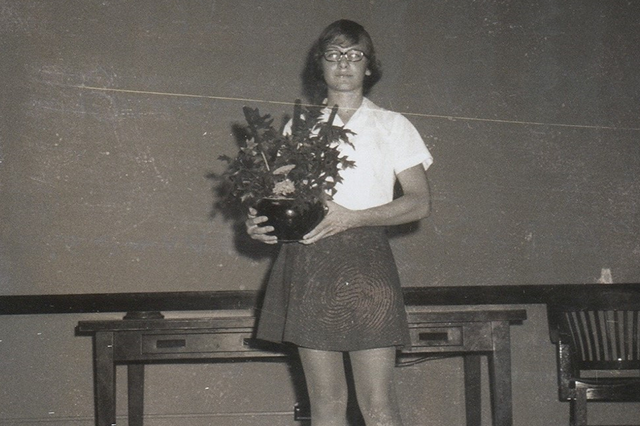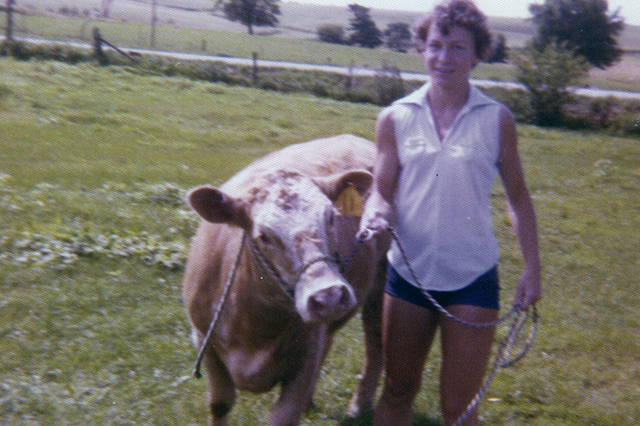Whitson developed public speaking skills through 4-H presentations.
What was the process of taking that goal and making it a reality? You had to at some point figure out a path, when did it come together?
PW: I didn’t know exactly how to make it come together, but I was really interested in science and I figured, astronauts had to be smart people. And I knew I wanted to be a scientist. In that first female astronaut class, there was a biochemist, and it made me think, ‘Oh, hey, I could pursue my interest in biology and chemistry and make that into becoming an astronaut.’
When I finished graduate school, I started applying to become an astronaut. It took 10 years of applications and rejections before I was finally accepted to the training program. But I started at NASA with a fellowship. From there, I ended up getting a job with one of the contractors that worked at NASA, then I started working for NASA directly a few years after that. And then, after 10 years, they decided I might be okay to become an astronaut.
It took 10 years to make it into the astronaut training program. People usually don’t see the rejection and “No’s” before someone’s achievement.
PW: There were a lot of “No’s” along the way. And in retrospect, those 10 years made me a better astronaut. Those years made me a leader. You need to learn along the way that even if your path is not a straight line, you have to learn from all the lessons that are around you, what you’re being exposed to. I really think it’s very, very important for young people to realize that you can go through life taking the easy path and do the things that are just easy for you, but you’re never going to find out what you’re truly capable of unless you push beyond your comfort zone.
How do kids today become an astronaut? How should they pursue their dream?
PW: The number one thing is that NASA is looking for astronauts in all kinds of fields – science, engineering, every field. It’s really important to know what it is that drives you and motivates you because you need to be really good at it in order to be noticed out of thousands of people who are going to apply for the same job. You have to be a really good team player. You have to have enough different experiences in life to demonstrate that you know how to be adaptable. So, you need to be very good at something, and you also need to be a jack of all trades.
What about physical requirements?
PW: You have to be able to do spacewalks and you have to be able to think in three dimensions to do robotics. And so, it’s all part of the big picture, being able to do lots of different things.
What does an astronaut do when they aren’t in space and if they aren’t selected for the mission? Do astronauts go years without going into orbit?
PW: When I came through the Astronaut Office, there was, on average, around five to seven years between missions. Most of your life is a ground job. And that ground job is usually helping someone who is currently in orbit, like working in mission control or working on procedures for crew members who are going to be flying in the future. Or working on training to improve the training process, so we can get it done more efficiently and more effectively.
Statistics show American students are underperforming in STEM compared to other countries. What should we be doing differently from an educational standpoint?
PW: For young girls, it’s perceived as not being cool as they reach teenage years. So, it’s been my goal to promote that, “Hey, nerds are cool too.” We need to promote it and show our young people that you can do this and that there are other people who have done it. I think seeing role models that are like them helps. It certainly did for me. When I graduated high school, seeing those first female astronauts truly helped me believe that this dream I had could be real.















